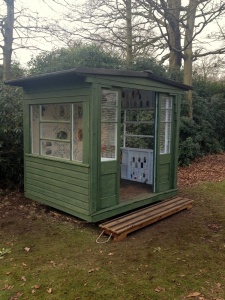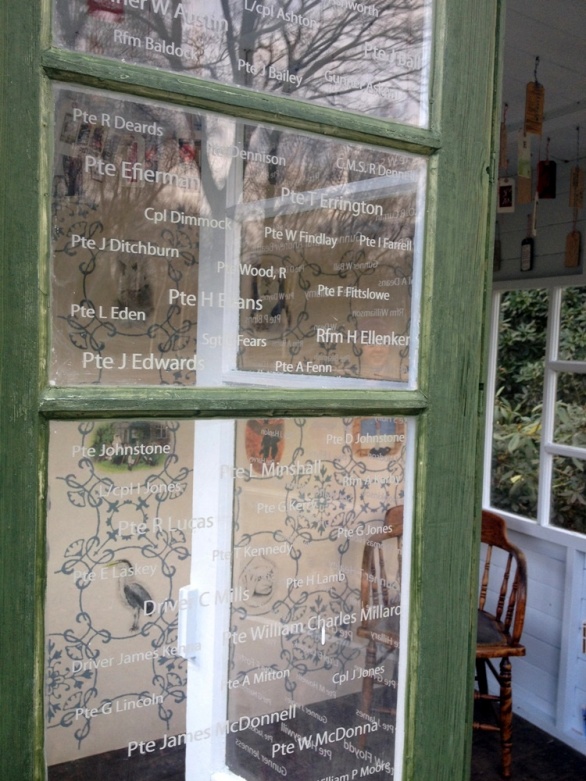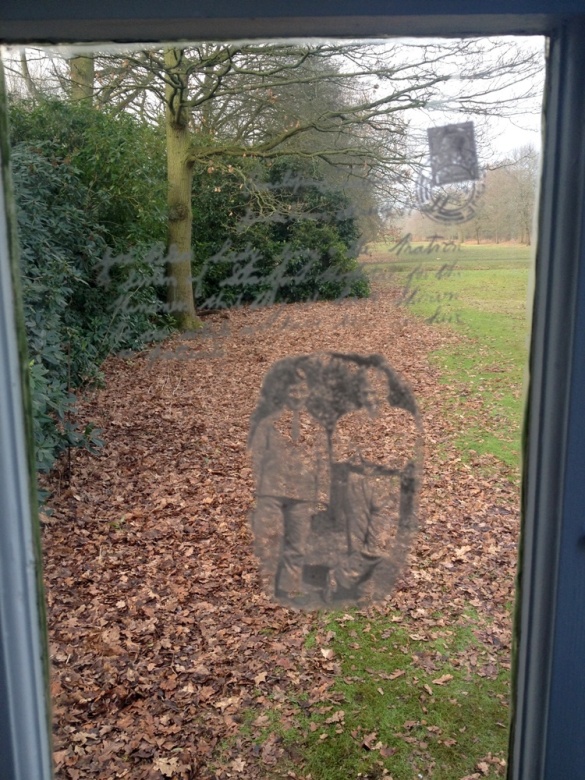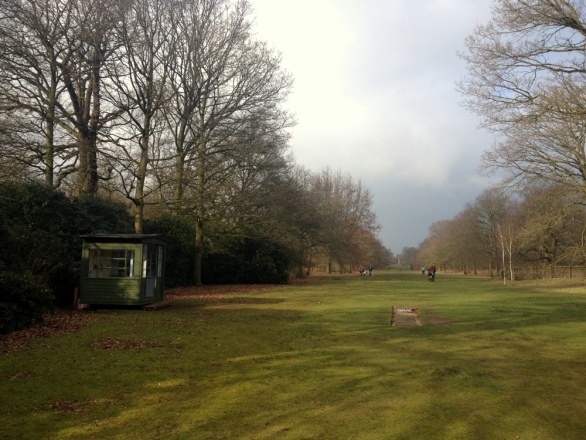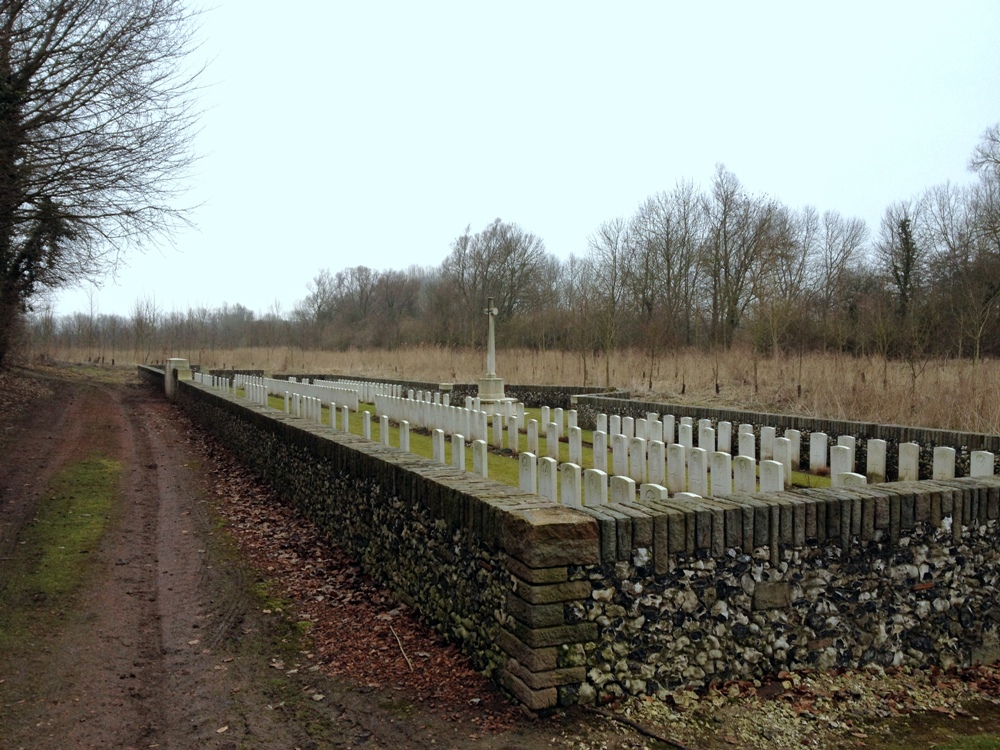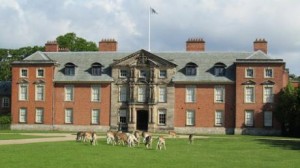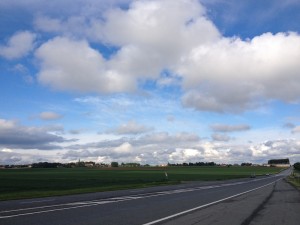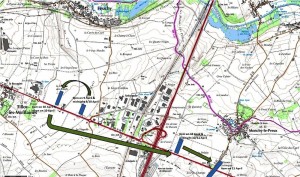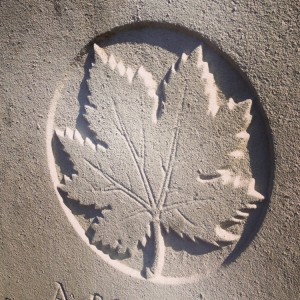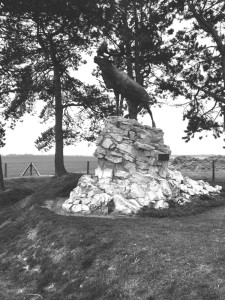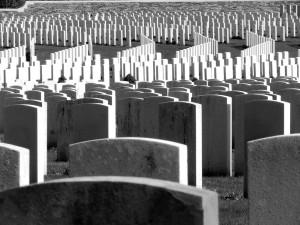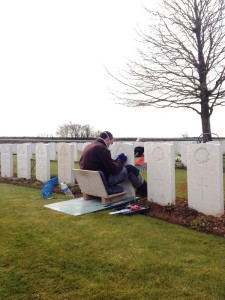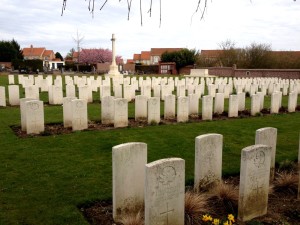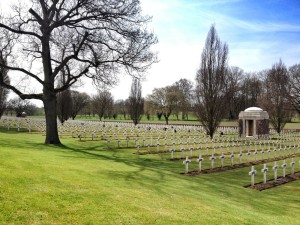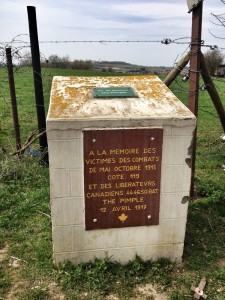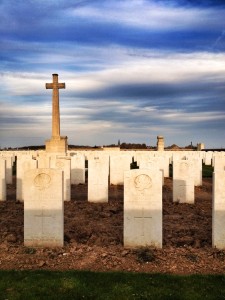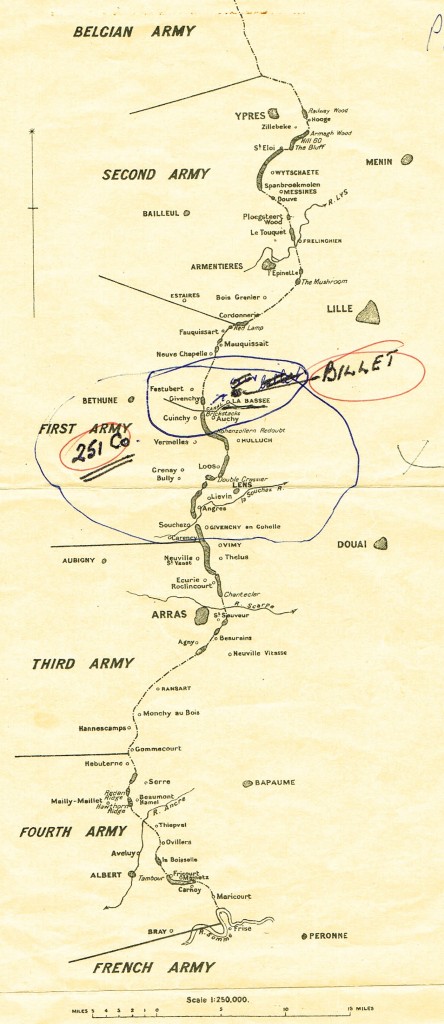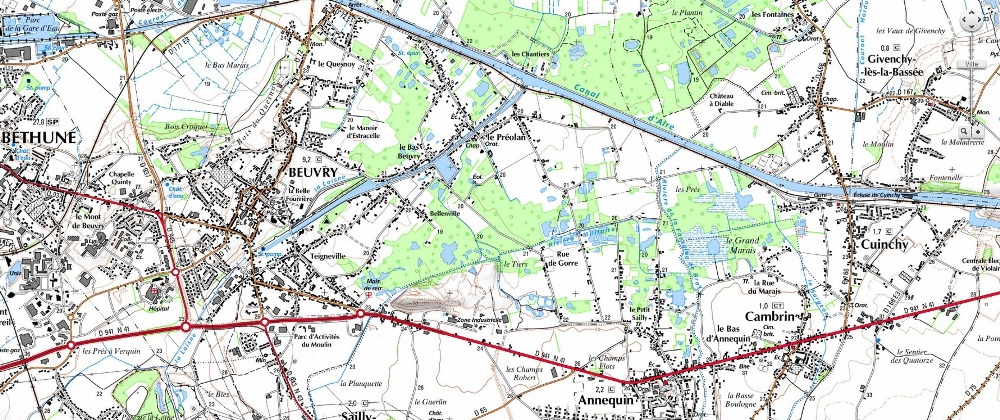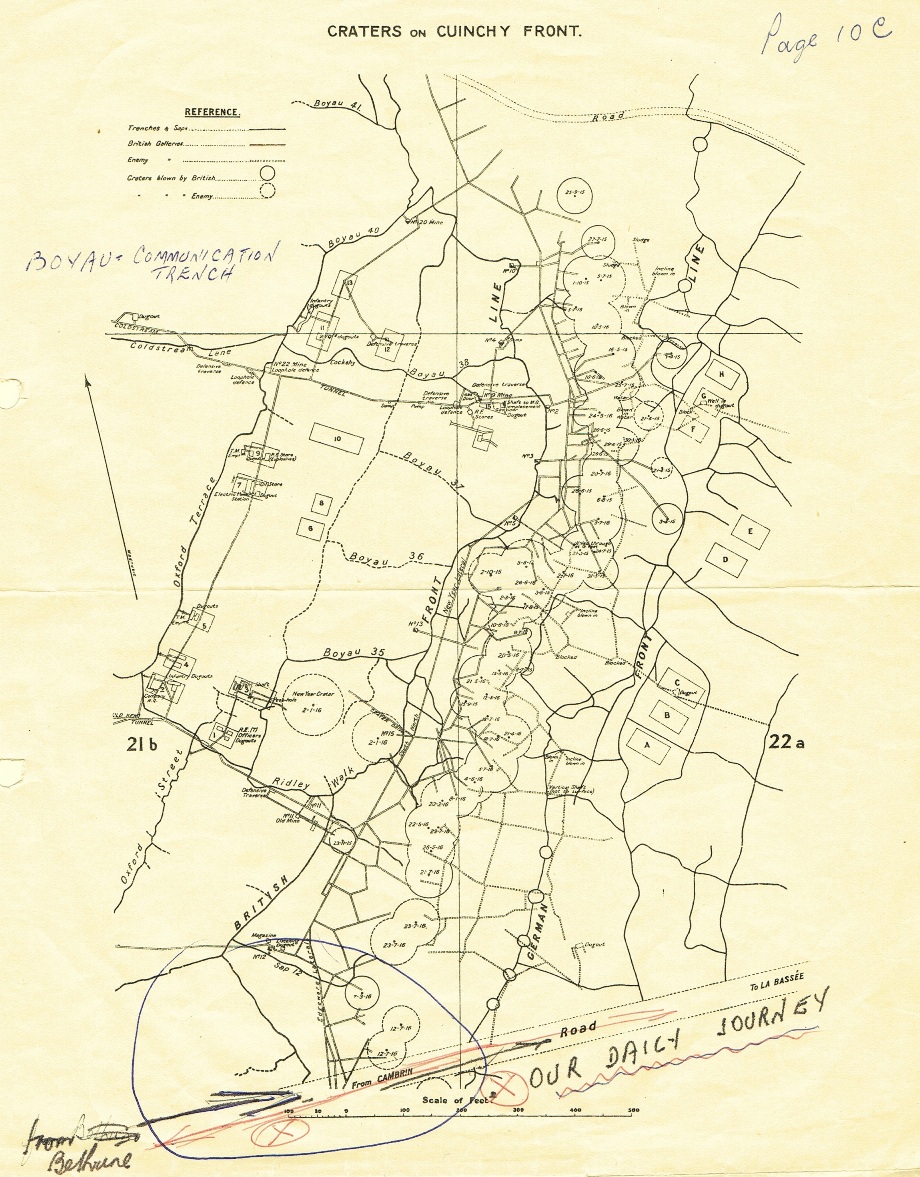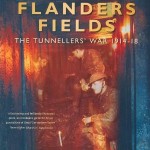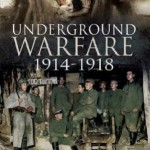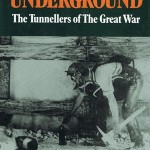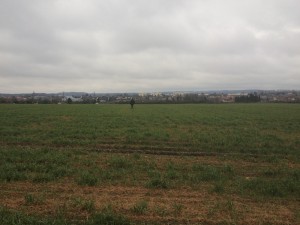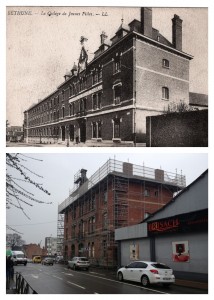Archive for the ‘Research’ Category
Working with ex-service personnel for ‘The Fresh Air Hut’ at Dunham Massey National Trust
In January I was invited to speak to a group of ex-service personnel who were working with the Military Veterans’ Service. Offering psychological therapy the Military Veterans’ Service provides help to veterans across the North West.
Dunham Massey National Trust’s successful Sanctuary from the Trenches; a Country House at War has recreated the Stamford Military Hospital in the state rooms in Dunham Massey. A doubling of visitor numbers has shown the general public’s interest in the subject. However, for 2015 the staff are keen to showcase further aspects of the medical treatment offered from 1917-19. Sister Bennett, the Hospital’s Matron was a keen advocate of outdoor healing practises. A pivoting wooden hut was situated in the garden at Dunham Massey, which provided sheltered outdoor space for soldiers. A picture in the archive shows wrapped-up patients out in the hut in the snow, receiving ‘fresh air’ and ‘sun bath’ treatments.
Dunham Massey’s ‘The Fresh Air Hut Project’ was designed to involve a team of volunteers working with the Military Veterans’ Service to create an interpretive visitor experience in an authentic replica of the pivoting timber hut. By using art therapy, the ex-service personnel could draw inspiration from their unique training opportunity and reflection upon their own personal experiences of military buy cheap tramadol online life.
I spent a wonderful day with the veterans in early January, speaking about many of the stories of soldiers who had recuperated at Stamford Military Hospital. We were then treated to a tour of the house and able to watch recreations of soldier’s stories; the parts of soldiers and nurses being played by actors. With the information I provided the veterans were able to use parts of the stories in their art workshops. The result of their endeavours, the replica hut filled with artwork, was in situ when the house reopened in mid-February. I visited on the first day, 14 February, and was struck not only by the skill and variety of the artwork but the sense of calmness and solitude the hut offered. Tucked away from view, it felt as if one had stumbled across the hut. Windows etched with the names of soldier patients added to the overall feeling. My congratulations to the veterans who produced such brilliant work and thanks to the personnel who planned and worked with them on this.
Dunham Massey details via the National Trust website: http://www.nationaltrust.org.uk/dunham-massey/
Researching the war service of David Emanuel’s grandfather, John Leslie Emanuel, for BBC Wales ‘Coming Home’
In June I spent a day in Merthyr Tydfil filming with Yellow Duck Productions for their hit BBC Wales genealogy programme, ‘Coming Home’. Having worked with Yellow Duck on a previous series I was asked to research the wartime service of John Leslie Emanuel, grandfather to the fashion designer David Emanuel.
As was revealed in tonight’s broadcast, David never met grandfather who drowned in a tragic accident in December 1939. Whilst aware of his grandfather’s drowning, David had little knowledge of his wartime military service. We had a lucky start in that his grandfather’s service record survived. Using this and extant unit war diaries I was able to show David where his grandfather had served.
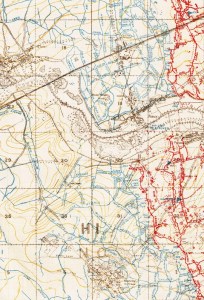
Trench map extract of the Roeux – Monchy area – positions occupied by 234 Machine Gun Company in summer 1917. Crump Trench runs just to the south of the railway line in the area west of the village of Roeux.
John Leslie Emanuel enlisted in February 1916 in the Sussex Yeomanry and proceeded to France in September of that year, joining the 10th Battalion Queen’s (Royal West Surrey Regiment). He soon transferred to 124 Machine Gun Company, spending six months on the Western Front, mostly in positions facing the enemy on the Messines Ridge. His active service was interrupted by his evacuation back to Britain, suffering from P.U.O. (pyrexia of unknown origin).
Four months later, having recovered, been promoted to Corporal and now serving with 234 Machine Gun Company, he again proceeded overseas. The unit war diary recorded the men swam in the sea off Le Havre (noting the water was warm!) before moving to the Arras sector. The Battle of Arras had ground to a bloody halt in mid May 1917 but isolated actions continued into the summer. The main British effort for summer 1917 was focused on endeavours in Flanders. However, this did not mean that 234 MGC had an easy time of it in Artois.

Extract from 234 Machine Gun Company War Diary 18 August 1917. Held at National Archives, Kew under Ref: WO95/1472/2 and reproduced with their permission.
The war diary is illustrative of the kind of routine and boredom of trench life but occasionally reveals periods of terror. 234 MGC was serving either side of the River Scarpe, providng support to the infantry occupying positions north of Monchy-le-Preux and in the village of Roeux, scene of bitter fighting in April and May. On 18 August an 8 inch German shell demolished a dug out near an anti-aircraft position in Crump Trench. Two of the occupants were killed outright but the machine gunners survived, despite being buried and badly shaken. A CWGC cemetery, named after Crump Trench now sits on the trench location.
A month later the company moved up to Flanders to take their part in the British offensive – the Third Battle of Ypres (Passchendaele). What struck me when looking at David’s grandfather’s story is that he was sent to a Corps rest camp for the entire period 234 MGC was in action near Langemarck. It is possible this period of rest was astonishingly good luck on his part. However, with the unit having undergone a fortnight’s training prior to their deployment north, it seems a strange time for a Corporal to be given leave. Detailed records are missing but it may have been that, after the rigours of the Arras sector, he simply needed a break. Despite popular modern misconceptions there was an appreciation of mental fatigue and it was understood that often men needed a rest away from the guns to recover. Put simply, no man whose mind was in a fragile state would have been of any use in the artillery war that dominated the Flanders battles. This omission may well have saved his life as the company inevitably took casualties when engaged in battle. Upon leaving Flanders 234 MGC returned to the Arras sector. In mid-December 1917 John Leslie Emanuel was sent back to Britain as a candidate for a commission. He never saw active service again, being discharged before the armistice.
David Emanuel gave an interview to Wales Online about his participation in ‘Coming Home’: http://www.walesonline.co.uk/whats-on/film-news/david-emanuel-war-hero-granddad-8149943
I have recently received the TX card for the upcoming BBC Arts documentary ‘War of Words – Soldier Poets of the Somme’. It will be shown on BBC Two on Saturday 15 November at 9.45pm.
The 90 minute documentary which I worked on as historical consultant in 2013 follows literary figures who took part in the Battle of the Somme.
The documentary, presented by Peter Barton and directed by Sebastian buy ambien online bluelight Barfield, has its own dedicated page containing information, Director’s notes and preview clips: http://www.bbc.co.uk/programmes/b04pw01r
BBC iPlayer has a dedicated page showing an anthology of animated poems using the work of Robert Graves, David Jones, Siegfried Sassoon, W.N. Hodgson and Isaac Rosenberg to relay the experiences of these poets during the battle. See http://www.bbc.co.uk/iplayer/episode/p02b11yw/the-somme-in-seven-poems
Preview of ‘War of Words – Soldier-Poets of the Somme’ at Bristol’s Watershed on 5 November 2014
I spent much of 2013 working as historical consultant for the upcoming BBC Two documentary ‘War of Words – Soldier Poets of the Somme’. A special preview is being shown as part of Bristol 2014 at the Watershed at 1800 hrs on 5 November. The 90 minute film will be shown in its entirety followed by a short break and then what we hope will be a lively panel debate. Panellists are myself, Peter Barton, the film’s director Sebastian Barfield, Richard van Emden and Jean Moorcroft Wilson. The evening is now fully booked.
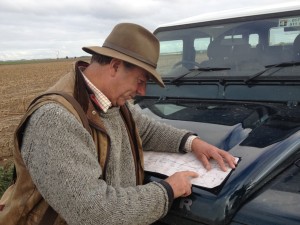
The film’s presenter Peter Barton at Regina Trench on the Somme. It was here that J.R.R. Tolkien, creator of Lord of the Rings and The Hobbit buy legit tramadol online served in October 1916.
The film follows literary figures who took part in the Battle of the Somme. As the film’s description notes “More poets and writers took part in the battle of the Somme than any other battle in history, among them Siegfried Sassoon, Robert Graves, David Jones, and JRR Tolkien. This new BBC film looks at how these men served in the same trenches, fought in the same attacks and wrote poetry and prose that has shaped the way people remember the Great War.”
Edit (4 November): I have now heard that broadcast date will be Saturday 15 November but have no TX Card or further details. I will update my website and Twitter feed when I know this.
Links:
http://www.watershed.co.uk/whatson/6193/war-of-words-soldierpoets-of-the-somme/
http://www.ideasfestival.co.uk/2014/events/bbc-preview-war-of-words-soldier-poets-of-the-somme/
http://www.bristol2014.com/whats-on/film-bbc-preview-war-of-words-soldier-poets-of-the-somme.html#.VE90sFfvZ8E
Did the media miss the important bit? The online release of First World War diaries from the National Archives
This week has seen the much awaited launch of the National Archives First World War diaries online from series WO95. For those of us who spend their time at Kew it is a welcome relief to have these documents available at the click of a mouse. With many documents out of circulation in order to be scanned over the past couple of years I have had a number of frustrating trips to Kew so I was pleased to hear the news. However, our wait is not over yet as it is only the three cavalry and seven infantry divisions which made up the original BEF from August 1914 which are online. Previously scanned diaries (many in black and white) have been removed. Revised full colour versions will be released online in the spring with the entire collection available by the end of the year.
 Strangely, the media confused these important operational unit war diaries with personal accounts. A small number of personal diaries can be found amongst the official records but there are not that many. Despite this, the BBC in particular, focused on relaying ‘newly released’ personal accounts. This missed the point and, to my mind, trivialised the importance of the announcement. I wonder quite what staff at the Imperial War Museum with their magnificent collection of diaries, memoirs and letters in the Department of Documents thought of this?
Strangely, the media confused these important operational unit war diaries with personal accounts. A small number of personal diaries can be found amongst the official records but there are not that many. Despite this, the BBC in particular, focused on relaying ‘newly released’ personal accounts. This missed the point and, to my mind, trivialised the importance of the announcement. I wonder quite what staff at the Imperial War Museum with their magnificent collection of diaries, memoirs and letters in the Department of Documents thought of this?
On Tuesday I gave an interview for BBC Radio 5live Drive in which I was asked to comment on a couple of readings from personal diaries that have been found amongst the newly digitised tranche. Each subsequent question focussed on what soldiers had to endure and, it being 5live, the importance of sport for soldiers. Only at the end of the conversation could I suggest I was asked about operational diaries and why they are so critical, not only to historians but also the general public and family members interested in finding more out about their forebears’ wartime service. It seems inexplicable that this confusion occurred.
I also gave an interview for Russian World Service which can be accessed below. During this I was asked what I thought would be the most important developments over the centenary period. Whilst having British war diaries available at the click of a mouse is wonderful, I firmly believe that it is only by using extant German primary source material that our understanding can grow. I sincerely hope the next four years sees a growing interest, not only in British records, but in a wider appreciation that much of the history written over the last hundred years has been done so using limited sources. As historians we want to find the truth, not a slanted or biased version of events.
Released alongside the British war diaries was an ambitious crowdsourcing project “Operation War Diary” which, it is claimed, will help us to unlock the data in our war diaries. Further details are available from a dedicated website: http://www.operationwardiary.org/. If it works and the data is fed back into the National Archives’ Discovery search facility it should be a great help. It will be interesting to see if the initial momentum is maintained over the centenary period. Hats off to the National Archives who should be congratulated on the digitisation process – 1.5 million pages is a lot of scanning. Now all we need is to get Germans interested in crowdsourcing and transcribing the millions of untouched pages of material in Munich, Stuttgart and Ingolstadt….
Earlier this autumn I spoke to the staff and volunteers at Dunham Massey Hall, a National Trust property in Cheshire. I had been approached some months before to help with their ambitious First World War project ‘Sanctuary from the Trenches’ which will see the hall will open its doors on 1 March 2014 as Stamford Military Hospital, the convalescent hospital in which 281 soldiers were treated between April 1917 and January 1919. Lady Stamford’s original plan to turn the hall over for use as a hospital for officers was altered, perhaps due to the sheer number of wounded men, and when the doors opened in April 1917 the hospital cared solely for ‘Other Ranks’.
My role in this project was to interpret the wealth of material gathered by the team of volunteers, pick a representative sample of men from those chosen and use their stories in a lecture to not only explain the conduct of the war in 1917-18 but also elaborate on the daily routine of trench warfare, evacuation of sick and wounded and medical treatment received by the men. The information uncovered by volunteers was prodigious; there was no shortage of material related to the soldiers’ stay at Stamford Military Hospital. What was lacking was an appreciation of where those men had come from, in what actions they had fought and been wounded and what happened to them after their recuperation.
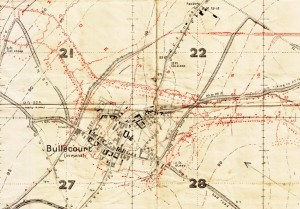
Bullecourt trench map extract. Two of the men who recuperated at Stamford Military Hospital were wounded here on 3 May 1917.
Casualties studied included a man of the 11th Rifle Brigade wounded near Havrincourt Wood in the push to the Hindenburg Line in early April 197, two men caught up in the Hindenburg Line itself at Bullecourt in May and a French Canadian wounded on Vimy Ridge. I was also able to use descriptions from my research into the Battle of Arras to illustrate the actions at Fampoux and Roeux in which a soldier of the 2nd Duke of Wellington’s (West Riding) Regiment was badly injured. Moving northwards to Flanders I was able to look at the Battle of Messines (June 1917) with Private John Ditchburn, 9th Yorkshire Regiment, wounded close to Hill 60 on 7 June and two further casualties from the Third Battle of Ypres. Sources used included Medal Index Cards, Service Records (where available) and Census Returns. By scouring Brigade, Division and Corps files I was able to find appropriate maps to illustrate the exact area where the men had fought.

War Diary extract from 2nd Duke of Wellington’s (West Riding Regiment) for October 1917. One of the men who had been wounded at Arras, recuperated at Stamford Military Hospital, returned to the front and was killed in the Passchendaele offensive.
I was also keen to include soldiers wounded whilst not taking part in any major set-piece battle but in the daily business of merely ‘holding the line’. This offered a good opportunity to show the limitations of available documents. None of the men I researched were named in unit war diaries and so, in many cases, it was an educated guess as to the site of his wounding. Private William Johnstone, 1st Gordon Highlanders was hit by shrapnel in spring 1918 close to the city of Arras but from sources available I was unable to identity which day. His was a particularly sad story; after recuperating for over two months at Dunham Massey he was found to have shrapnel embedded deep in his head. Over time his condition deteriorated and he died of a cerebral abscess in hospital in Manchester. The final man I focussed on was even harder to research; Private Jenkins of the 1st Gloucestershire Regiment was wounded at some point during the autumn of 1918, the ‘Last Hundred Days’ of the war. His full identity remains unknown with neither christian name or regimental number noted in the records extant. I was keen to contrast this with some of the earlier soldiers I had researched where I had been able to provide highly detailed information.
Having prepared the research on these men I spoke at Dunham Massey Village Hall to two groups of volunteers on 18 September. I was heartened by the audience’s reaction, not only by the enthusiasm shown but also the interest in the men and the ‘Sanctuary from the Trenches’ project. I look forward to returning to Dunham Massey to see how the information has been used and what the ornate saloon will look like with furniture replaced with stark hospital beds. I would like to thank Charlotte Smithson and all those who work and volunteer at Dunham Massey for their help and enthusiasm with this project.
Our forthcoming project Sanctuary from the Trenches; a Country House at War tells the story of how Dunham Massey Hall became the Stamford Military Hospital, caring for 281 soldiers. Our collection gives us some information about the soldiers that stayed at Dunham, but we wanted to know more about their lives before they were treated here. Using our archive and other resources, Jeremy pieced together their stories. Jeremy’s respect for those that fought during the First World War made for a heart-warming lecture. He talked us through what our soldiers had experienced and left us feeling fondly affectionate for the brave souls who were cared for here. Over 100 volunteers attended the lecture and it was a big hit with them all – they haven’t stopped talking about it since. It provided the background of information for our volunteers needed in order to contextualise the Stamford Military Hospital’s role in the First World War. We’ll be asking Jeremy back, without a doubt!
Charlotte Smithson, Volunteer Development Manager at Dunham Massey
An interview with me discussing my research is available to view below:
For those interested my lecture is available in full here: http://vimeo.com/75168130
A dedicated page on the National Trust’s website with further details is available here: Sanctuary from the Trenches http://www.nationaltrust.org.uk/article-1355804816003/
Further testimonials:
‘Jeremy Banning’s knowledge of the First World War is second to none and he is as good a presenter as you could wish for. A star attraction, I would suggest. So to have him come to talk to us Volunteers was a real treat. The presentation was so revealing and full of fascinating tales of soldiers directly connected to our Property’.
‘I am still buzzing and it is down to Jeremy Banning! Such a wonderful talk – please pass on my thanks.’
‘I want to thank you for enabling me to have and enjoy the privilege of attending Jeremy Banning’s presentation this morning. The whole experience was informative, exciting, thought provoking, uplifting and at the same time humbling. Jeremy’s enthusiasm and knowledge, for me and I am sure, all the other volunteers attending, made it a most memorable morning and I thank you, very sincerely, once again.’
‘A superb morning at Dunham Village Hall with Jeremy Banning – he really brought our soldiers to life, with such affection too. It was a privilege to attend’
I recently led a one day trip to the Arras battlefields for three generations of a soldier’s family (nephew, great-nephew and great-great nephew). I had been asked to research the actions of Private Horace Pantling, 10th Battalion Loyal North Lancashire Regiment around Arras. Horace’s Battalion formed part of 112th Brigade, 37th Division and will be forever known with the actions on 11 April around the small hilltop village of Monchy-le-Preux.
After a general briefing on the battle and a visit to the Carrière Wellington to take a tour around the underground system we headed out on the battlefield, starting on the British front line on 9 April 1917, the first day of battle. Following the arrow straight Arras-Cambrai road I explained the attack British assault up to the Brown Line near Feuchy Chapel. From then I was able to use a series of maps from the 37th Division files that showed positions of units every three hours for the first three days of battle. We followed the 10th Loyal North Lancs in their advance up the road in the early morning of 11 April. With the neighbouring 111th Brigade attacking the village of Monchy it was down to the 112th Brigade to take the Green Line to their right.
The Battalion war diary records that on moving to their assembly positions for the 5.30am advance the 10th Loyal North Lancs immediately were ‘met with very heavy Machine Gun and Shell fire’. However, their assault on the trenches around the La Bergère crossroads was successful and positions were consolidated. Casualties were estimated at 13 Officers and 286 men for the Battalion’s part in the opening stages of the Arras offensive. A number of the Battalion’s dead now lie in the nearby Tank Cemetery.
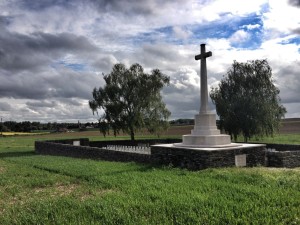
Tank Cemetery, Guemappe where many men of the 10th Loyal North Lancs killed on 11 April 1917 now lie
As we looked over the gently rising fields near Monchy it was hard to imagine the scene in the early morning of 11 April 1917. We had been blessed with a clear, spring day. The British troops who performed so magnificently that day 96 years ago did so with heavy snow and a chill wind across the battlefield.
Having been taken out of the line for a rest they were next in action on 23 April during the 37th Division’s assault on Greenland Hill during the Second Battle of the Scarpe. The war diary made grim reading with very little gain possible owing to the German occupation of the Chemical Works at Roeux on the right. On the 27th orders were received to attack Greenland Hill at dawn the next day. At 4.27am on 28 April that Battalion attacked and reached a trench that had been begun by the enemy. The war diary records that ‘By this time the Battalion had suffered heavily and only one officer was left’. Once more suffering from enfilade fire from the Chemical Works, the Battalion dug in. The attack was yet another failure in the face of superb German resistance.

28 April 1917 map of Greenland Hill overlaid on to Google Earth. Map taken from 37th Division War Diary, National Archives Ref: WO95/2513
It was during the actions on the 28th that Horace Pantling was killed. Horace, like so many British killed in the latter stages of the Arras offensive, has no known grave and is commemorated on the Arras Memorial. We were able to stand close to the positions where the 10th Loyal North Lancs assaulted and then, after a circuitous journey walk close to the spot where the Battalion dug in. It is one of those strange twists of fate that the junction of the A1 and A26 motorways now stands slap-bang right on Greenland Hill. Only by heading toward Plouvain and turning down a narrow track could we get close to the spot where the Battalion ended up. Sadly, the exact spot is now accessible only by driving on the slip road from the A1 to join the A26.
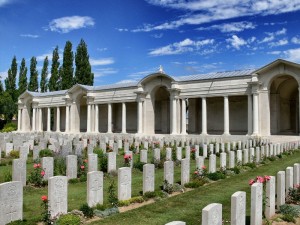
Arras Memorial where Horace Pantling and a further 35,000 servicemen from the United Kingdom, South Africa and New Zealand who died in the Arras sector between the spring of 1916 and 7 August 1918 are commemorated
We had visited Horace’s name on the Arras Memorial earlier in the day so it seemed a suitable place to end the tour. What struck me, as ever, was the small distances – easily covered in a minute or two in the car – that took so much effort to capture and consolidate in spring 1917. The British casualty figures for the Battle of Arras make sobering reading; 159,000 casualties in 39 days – averaging 4000 casualties per day. Despite countless visits to the battlefields such scale of loss in concentrated areas still both appals and moves me. Horace Pantling was one of those casualties but his name is certainly not forgotten and three generations of his family now know the ground over which he fought and was ultimately killed in April 1917.
“Thank you so much for organising such an excellent day in and around Arras last week. We all hugely enjoyed having your professionalism, enthusiasm and knowledge on tap, and your organisation was faultless! My father came away thrilled with the trip, and that was all I could have asked.” Nigel Pantling
A superb resource for those interested in the 10th Loyal North Lancs is Paul McCormick’s website http://www.loyalregiment.com/.
The internet is a wonderful thing; for anyone interested in a certain battalion or unit it is now possible to hammer a few key words into a search engine and find all sorts of information about their part in major, set-piece battles. Forums and discussion groups also have their place. Some regimental museums have even transcribed all of their battalion war diaries, making them available online for free.
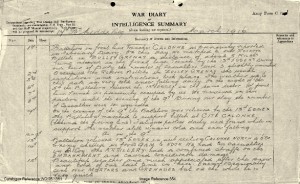
Extract from the 17th Middlesex Regiment War Diary. Reproduced with permission of National Archives, Ref: WO95/1361
Libraries, regimental archives and the National Archives all have information available to help understand events. However, what of the vast majority of time spent not going ‘over the top’ or taking part in the next ‘Big Push’? What of the less-well chronicled, monotonous but necessary routine of trench warfare?
It can be an immensely satisfying task to follow a unit’s movements around the battlefield; this is often undertaken as part of a family pilgrimage or greater desire to ‘follow in the footsteps’ of a relative who served. For me, when battlefield guiding, it is the part of the job that I love the most. Don’t get me wrong – I enjoy a general tour around the main tourist sites as well as the next person but it is in analysing the minutiae of war diary entries and working out such mundane things as billeting arrangements or where sports events were held that yields most fulfilment.
I recently returned from a bespoke trip following the 17th Middlesex Regiment (Footballers’ Battalion) around various villages and towns in French Flanders and the Gohelle coalfields in which they spent November 1915 – March 1916. My client’s grandfather had enlisted underage and spent four months with the battalion before being wounded in mid-March 1916; a wound which saved him from taking part in the Battalion’s action at Deville Wood on the Somme. During the four month period the Battalion held trenches at Cambrin, Givenchy-lès-la-Bassée and Festubert before taking over the Calonne sector from the French at the end of February.
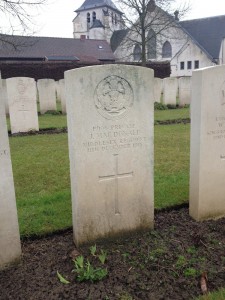
Private James MacDonald, 17th Middlesex – first casualty of the battalion at Cambrin Churchyard Extension
Over the course of our three day trip we visited all of these places, as well as many not associated with the 17th Middlesex; Fromelles, Aubers, Hulluch and Loos. Our stops were not solely restricted to places but included visits to 17th Middlesex Regiment men who had been killed in action. To stand at the grave of Donald Stewart (who served under the alias of Private James MacDonald) in Cambrin Churchyard Extension and know he was the first man of the battalion to be killed in action struck a particular chord. However, for me the highlight came during our visit to Béthune. The Battalion war diary for 2 December records a move to Béthune and billeting in the College des Jeune Filles. I had an old postcard of the college and knew the greater part of it still stood so arranged to visit it during our lunch stop.
Battlefield guides will recognise the satisfying feeling – being able to tell someone that their relative was at that spot on a certain date, not nearby or somewhere in the town but here, actually here. We had the same feeling eating our lunch of ham and cheese baguettes in the square at nearby want to buy ambien online Beuvry. A poorly-attended market filled half of the square but, as we sat eating, I was able to explain that this village, now almost a suburb of Bethune was where the Footballers’ Battalion had spent Christmas Day 1915. There was no plaque commemorating this event, no visible link at all, just the knowledge that men of the Battalion would have walked around the square over the festive time, amongst them my client’s grandfather. It made the lunch, eaten in the car whilst a steady drizzle fell that bit more special.
After a tour around the Loos battlefield I took my client to the site of Middlesex and Football Trench in the Calonne North sub-sector. It was here in that his grandfather was wounded in March 1916. The war diary of the 16th records ‘4 casualties occurred from GRENADES, 2 in “B” Coy and 2 in “D” Coy’; it is likely that my client’s grandfather was one of those wounded men as he left France on the 18th, crossing the channel for treatment at a hospital in Britain. Such were the effect of the wounds received that he was discharged from service three months later. Compared to many who served, his war was unremarkable – his service record shows he played no part in any major offensive and yet the four months he spent with the 17th Middlesex from November 1915 – March 1916 had a profound effect on him for the rest of his life.
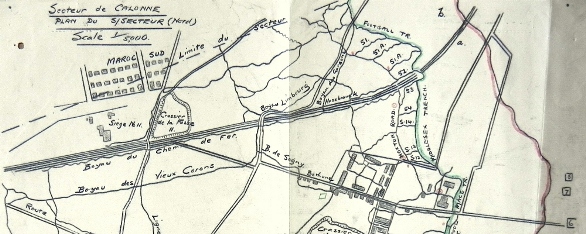
Map of Calonne North Sector showing Football and Middlesex Trenches . Reproduced from 6th Infantry Brigade War Diary held at National Archives, Ref: WO95/1353
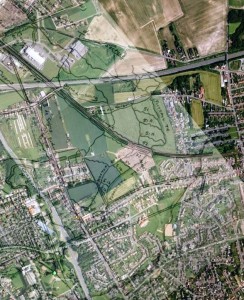
Calonne North map overlaid on to Google Earth. Football Trench runs between the A21 motorway and the Lens – Bethune railway embankment.
Football Trench ran through what is now an open field next to the A21 motorway and the urban sprawl of miners’ cottages of Liévin. The railway line from Lens to Bethune runs across the northern tip of Middlesex Trench. Much of the rest of it is hidden under a civilian cemetery or is being built upon for new housing. A casual visitor to the site today would find it far from enchanting. Locals stared at our car with British number plates; clearly, the back streets of Liévin didn’t see too many battlefield tourists. However, the relative inaccessibility of the spot made visiting it that bit more special. To those of us in the car, it felt as though we had tracked down a site rather than merely followed the tourist signs. Having researched the young Middlesex soldier it certainly had an effect on me. It was a real pleasure to be able to share these places with his grandson; not just the obvious sites of front line and communication trenches but the places in he was billeted, the towns and villages he would have known well and the roads he marched along on his route to and from the front. To me, this is what makes following in a soldiers footsteps such an enriching experience.
N.B. A very readable account of the 17th Middlesex Regiment is Andrew Riddoch & John Kemp’s ‘When the Whistle Blows: The Story of the Footballers’ Battalion in the Great War’ – highly recommended.

